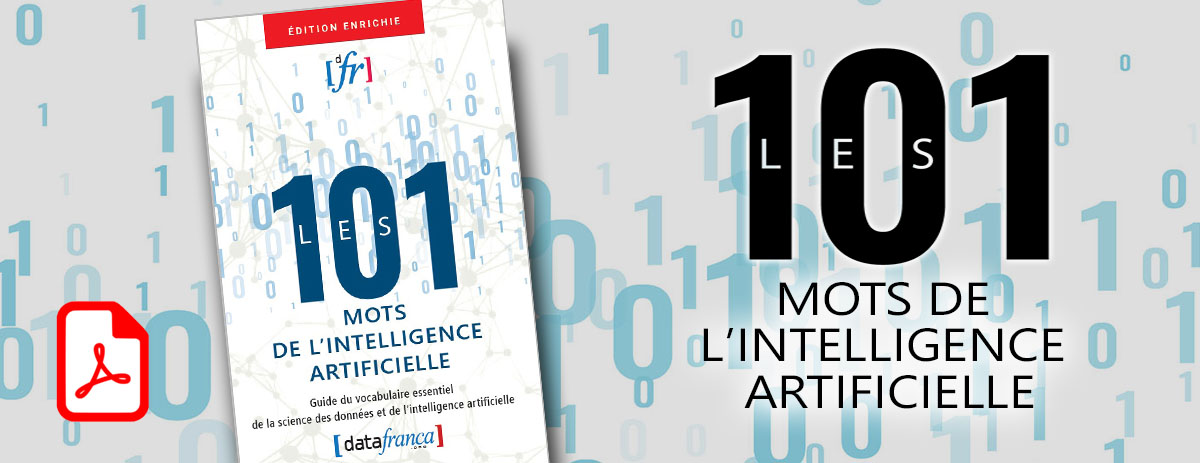« Probabilité a posteriori » : différence entre les versions
(Page créée avec « ==en construction== == Définition == XXXXXXXXX == Français == ''' XXXXXXXXX ''' == Anglais == ''' Posterior Probability''' In statistics, the posterior probability e... ») |
m (Remplacement de texte — « DeepAI.org ] » par « DeepAI.org ] Catégorie:DeepAI.org ») |
||
| Ligne 22 : | Ligne 22 : | ||
[https://deepai.org/machine-learning-glossary-and-terms/posterior-probability Source : DeepAI.org ] | [https://deepai.org/machine-learning-glossary-and-terms/posterior-probability Source : DeepAI.org ] | ||
[[Catégorie:DeepAI.org]] | |||
[[Catégorie:vocabulary]] | [[Catégorie:vocabulary]] | ||
Version du 15 décembre 2020 à 18:07
en construction
Définition
XXXXXXXXX
Français
XXXXXXXXX
Anglais
Posterior Probability
In statistics, the posterior probability expresses how likely a hypothesis is given a particular set of data. In terms of conditional probability, we can represent it in the following way:
Posterior = P(H|D)
where D = data and H = hypothesis
This contrasts with the likelihood function, which is represented as P(D|H). This distinction is more of an interpretation rather than a mathematical property as both have the form of conditional probability. In order to calculate the posterior probability, we use Bayes theorem, which is discussed below.
Contributeurs: Arielle Halindintwali, Isaline Hodecent, wiki










